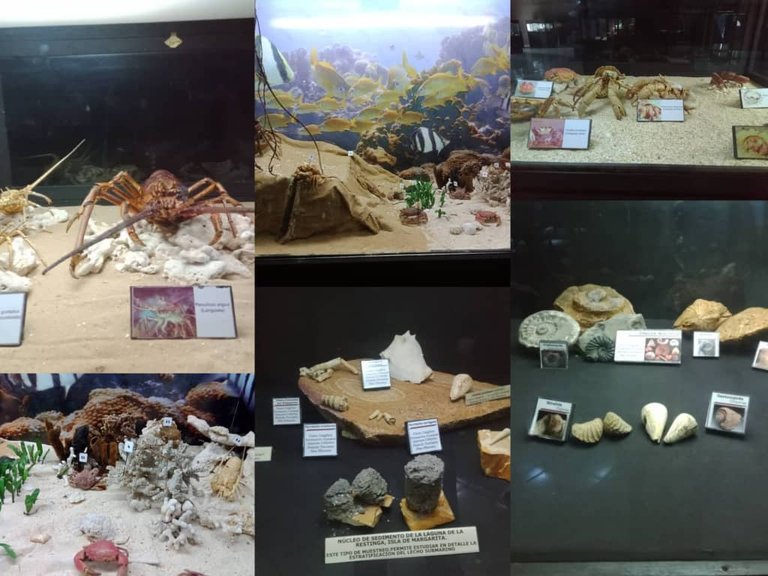
Greetings fellow travelers around the world I wish you an excellent weekend together with your loved ones, this time I share my visit to the museum, in my country began the school vacation period and it is an excellent opportunity to visit the city and know different places and tourist attractions, in the company of my son we made a new visit to the museum of the sea and this time we focused on touring the area of mollusks, porifera, shells and more in which we could meet a wide variety of these marine species.
Saludos amigos viajeros en todo el mundo les deseo un excelente fin de semana en unión de sus seres queridos, en esta ocasión comparto mi visita al museo, en mi país inició el período de vacaciones escolares y es una excelente oportunidad pára recorrer la ciudad y conocer diversos lugares y atractivos turísticos, en compañía de mi hijo hicimos una nueva visita al museo del mar y esta vez nos enfocamos en recorrer la zona de moluscos, poríferos, conchas y más en la cual pudimos conocer una amplia variedad de estas especies marinas.
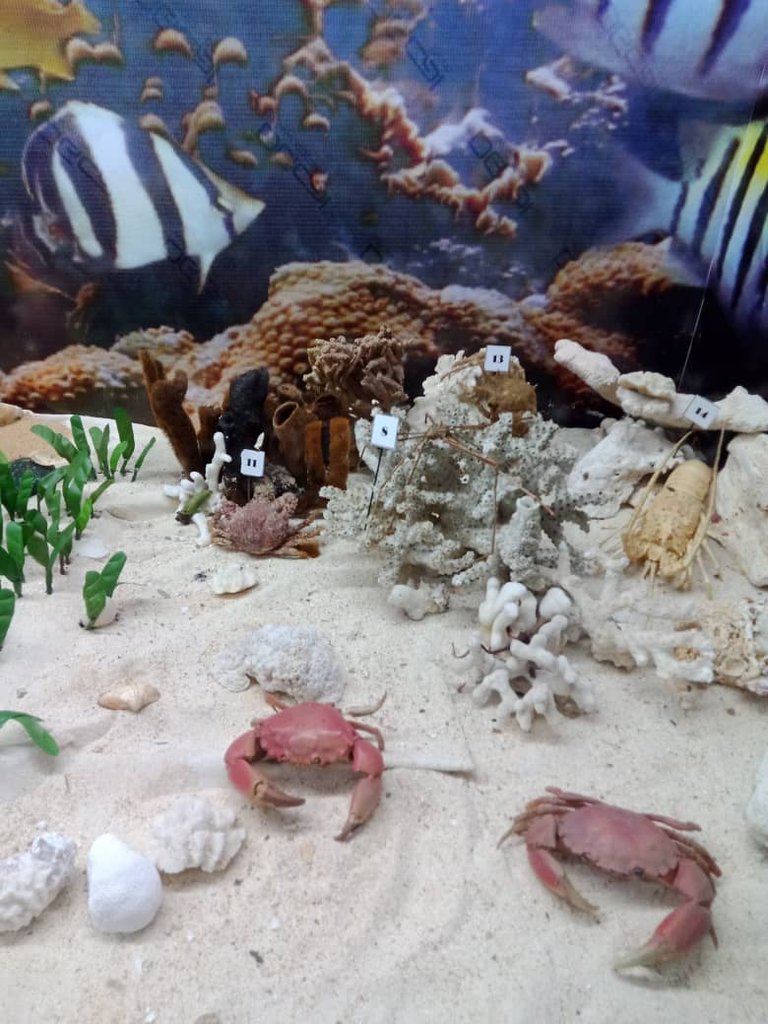
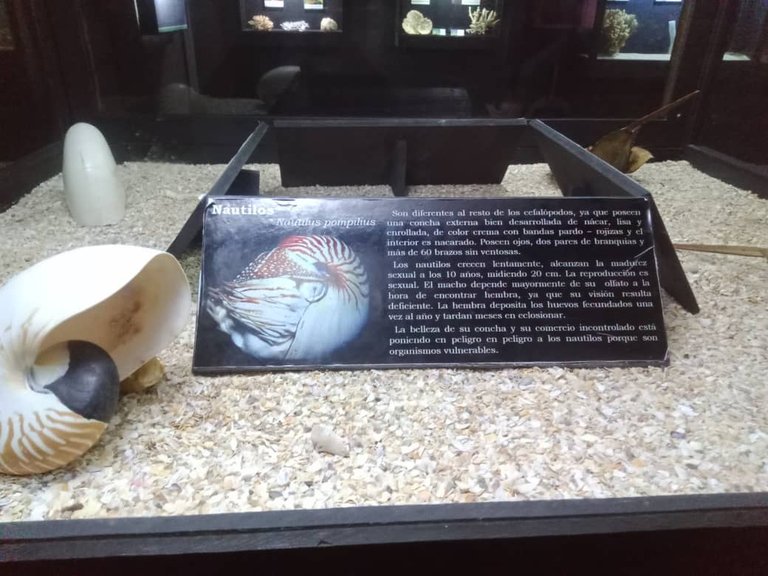

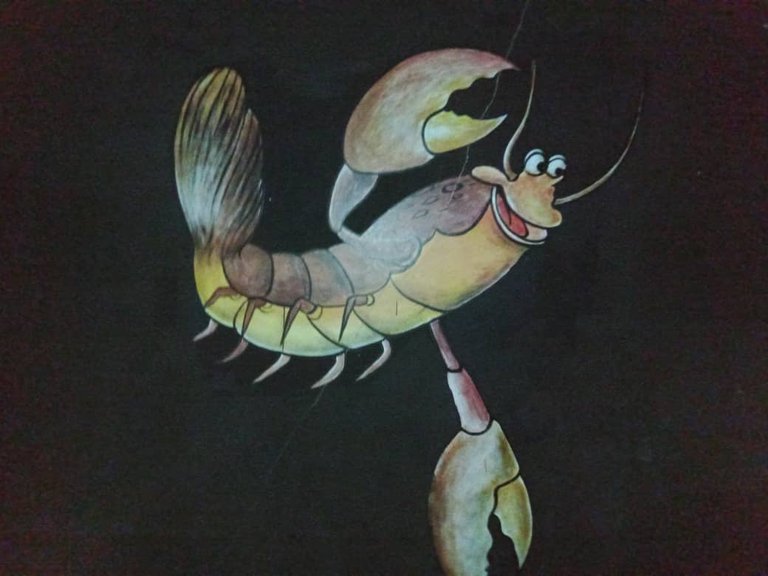
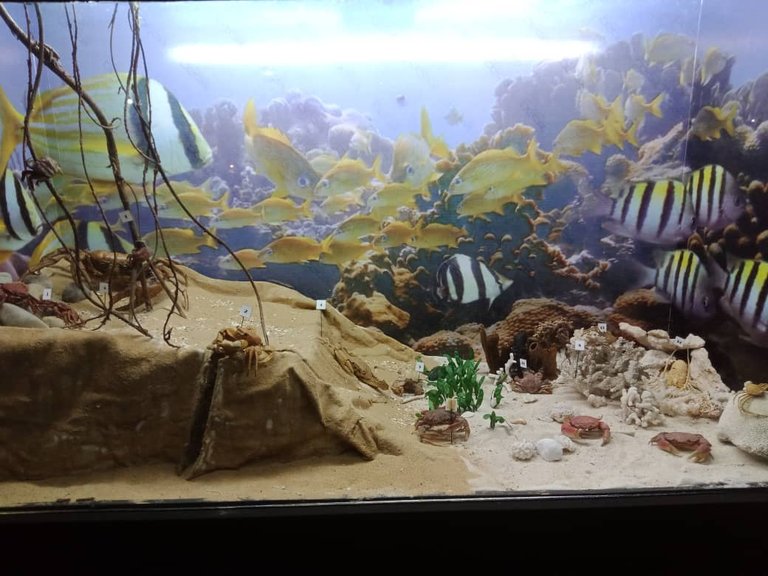
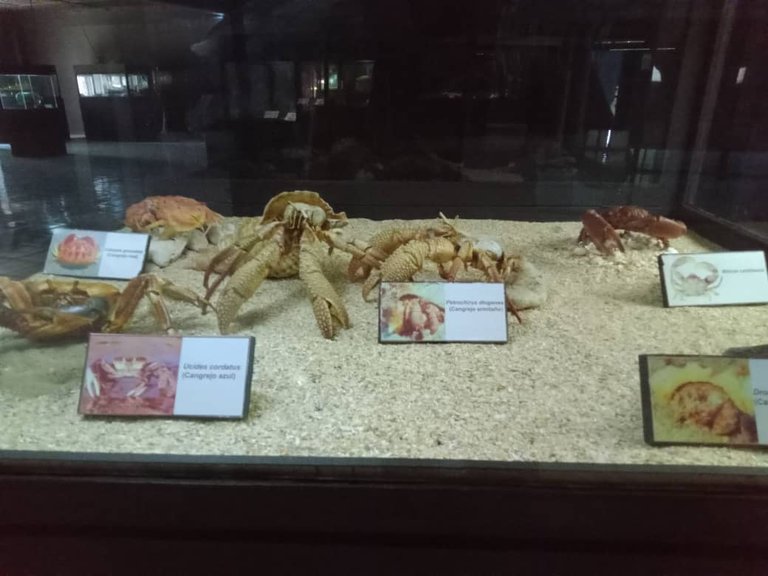
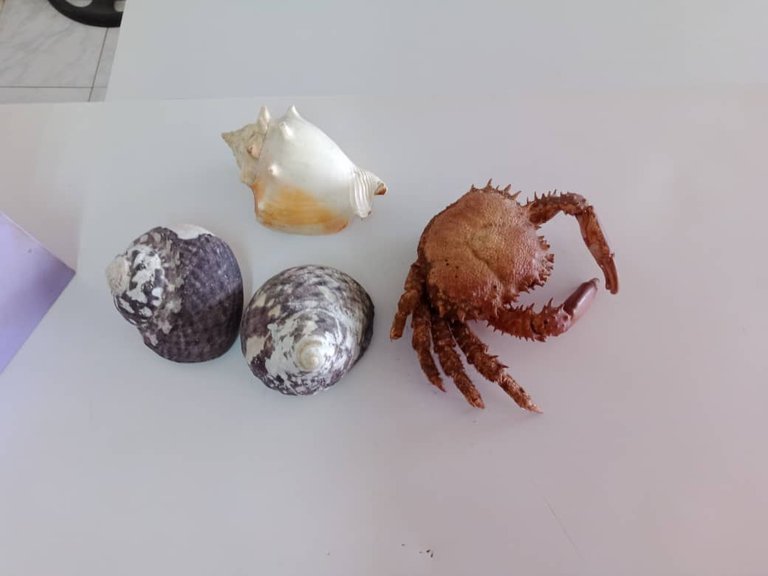
Among them we could see lobsters, crabs and many shells, located in showcases with their respective information sheets, also sediment samples to study the seabed; One of the species that caught my attention was the Nautilus, a species of the cephalopod family that has a well-developed outer shell of nacre, which can be smooth, rolled and cream-colored with brownish bands, reddish and the inside is nacreous, The beauty of its shell and its uncontrolled trade is endangering the nautiluses because they are vulnerable organisms, this information is outlined in the card located next to this beautiful species exhibited in a showcase, the visit to the museum was a great learning experience and the cards are very helpful because they contain a lot of information about marine species.
Entre ellas pudimos ver Langostas, cangrejos y muchas conchas, ubicadas en vitrinas con sus respectivas fichas informativas, también muestras de sedimentos para estudiar el lecho marino; una de las especies que captó mi atención fueron los Nautilos una especie familia de los cefalópodos que poseen una concha externa bien desarrollada de nácar, esta puede ser lisa, enrollada y de color crema con bandas pardo, rojiza y el interior es nacarado la belleza de su concha y su comercio incontrolado está poniendo en peligro a los nautilos porque son organismos vulnerables esta información aparece reseñada en la ficha ubicada al lado de esta hermosa especie exhibida en una vitrina, la visita al museo fue de gran aprendizaje y las fichas de gran ayuda pues contienen mucha información sobre las especies marinas.
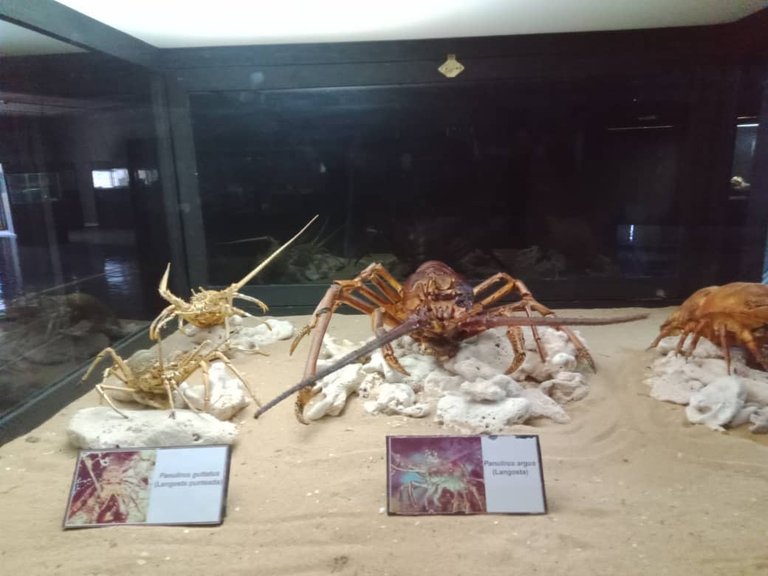

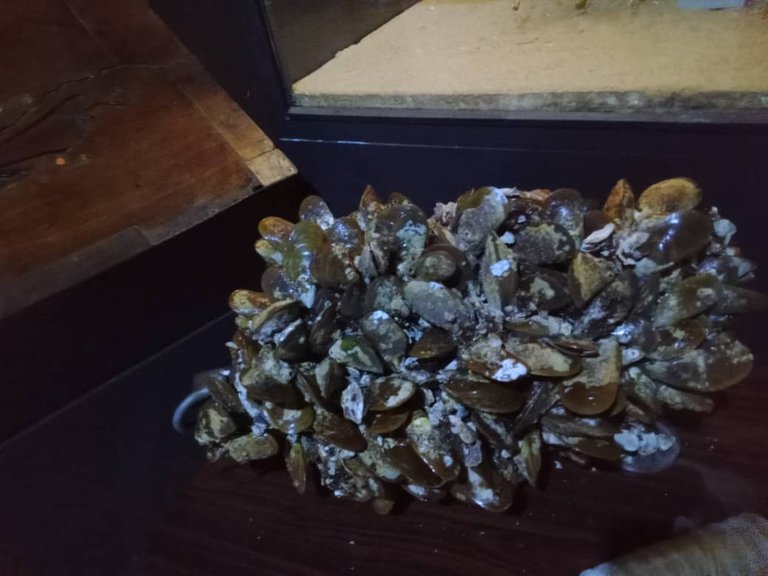
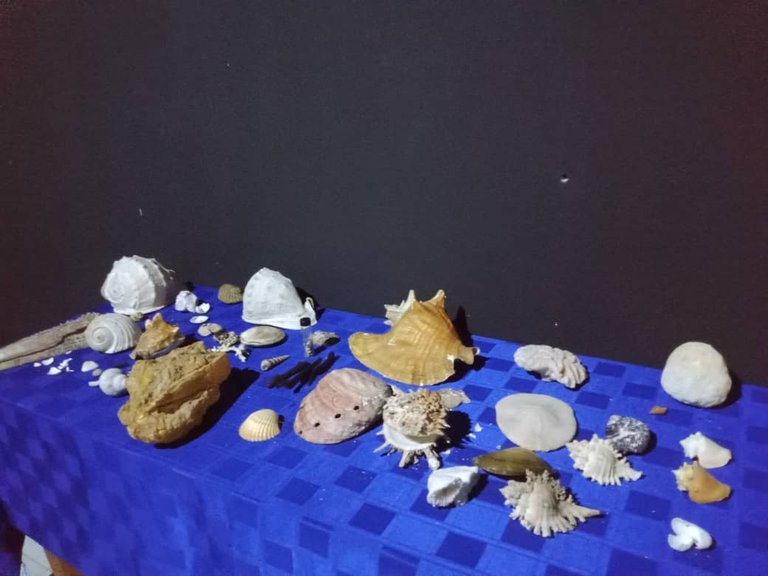
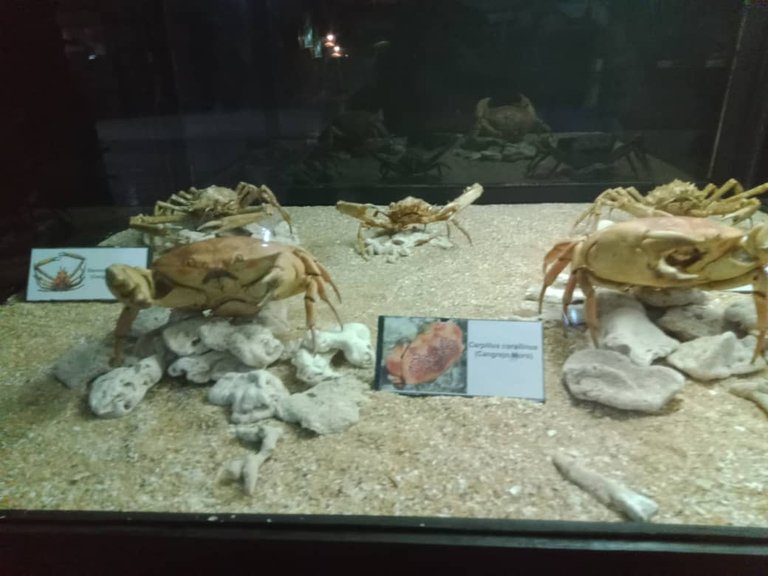
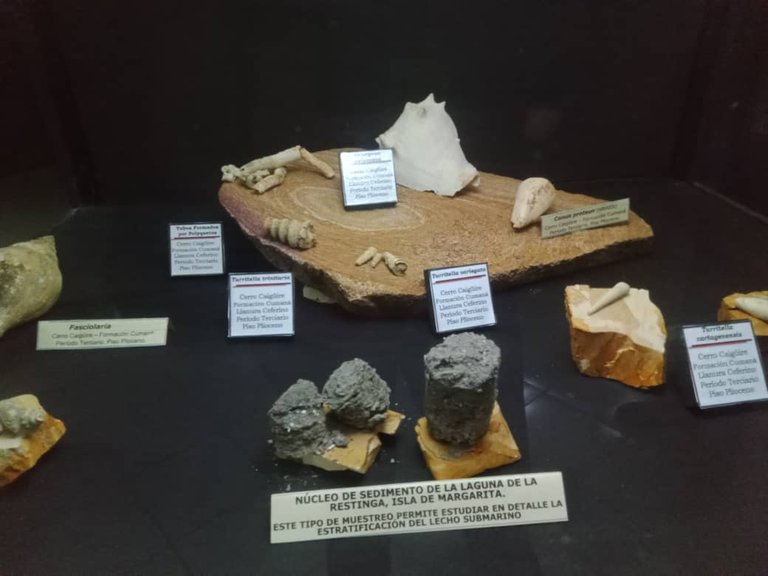
As for the shells the variety is wide, there are of different shapes and colors, they are organized by groups and each one has its own identification card, I had only seen white and beige shells, it is the first time I see shells of green, orange, blue and uncommon shapes at least on the beaches I have visited; among the crabs there is a very peculiar one called Cangrejo Cacerola according to the guide, it can be seen on rare occasions and is brown with fused head and thorax, a hard and thick shell covers the top; Its name derives from the shape of the shell which is similar to the pans (in my country it is a kind of pot with little height); it is incredible the variety of animals that inhabit the ocean and many are unknown, places like the museum allow residents and visitors to know these species, it was exciting to go to the museum and see carefully this area that concentrates mollusks, shells and crustaceans.
En cuanto a las conchas la variedad es amplia las hay de diferentes formas y colores, están organizadas por grupos y cada unacob su ficha de identificación, solo había visto las de color blanco y beige, es la primera vez que veo conchas de color verde, naranja, azul y formas poco común al menos en las playas que he visitado; entre los cangrejos hay uno muy peculiar se llama Cangrejo Cacerola según la guía, se puede observar en escasas ocasiones y es de color marrón con la cabeza y el tórax fusionados, un caparazón duro y grueso cubre la parte superior; su nombre deriva de la forma que tiene el caparazón que es similar a las cacerolas (en mi país es una especie de olla con poca altura); es increíble la variedad de animales que habitan el océano y muchos son desconocidos, lugares como el museo permiten a los residentes y visitantes conocer estas especies, fue emocionante ir al museo y ver detenidamente esta zona que concentra los moloscos, conchas y crustáceos.
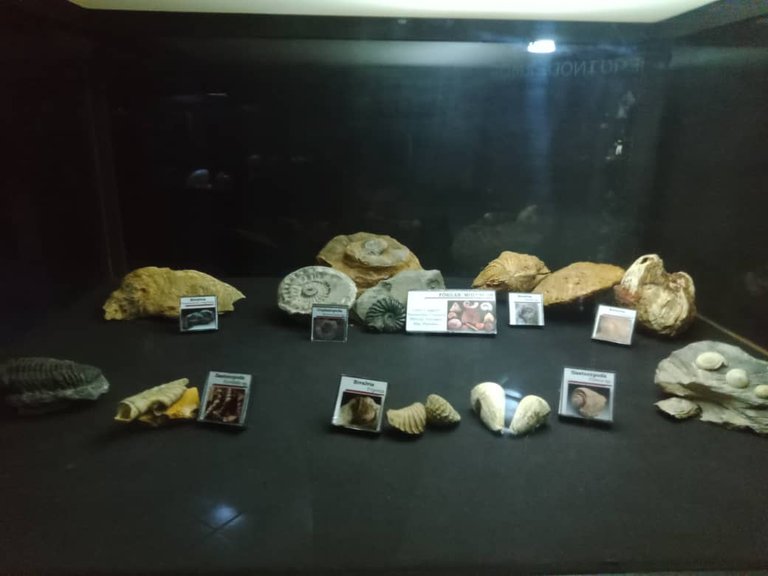
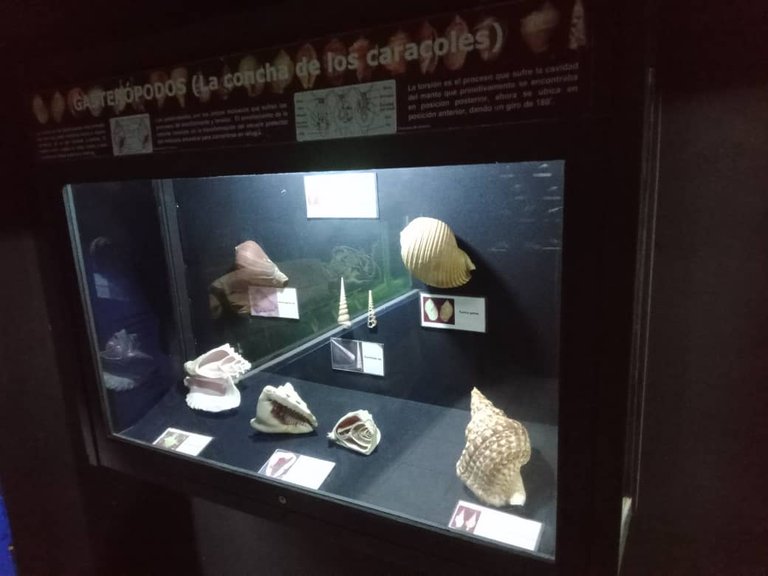

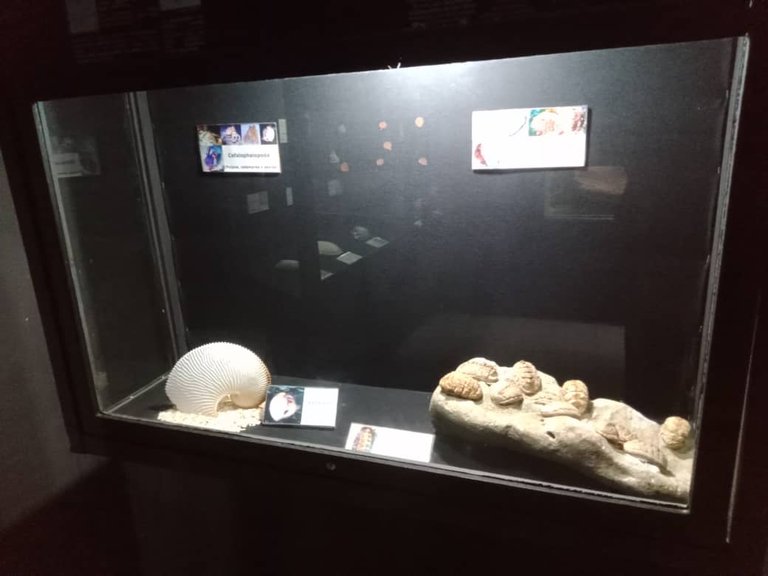
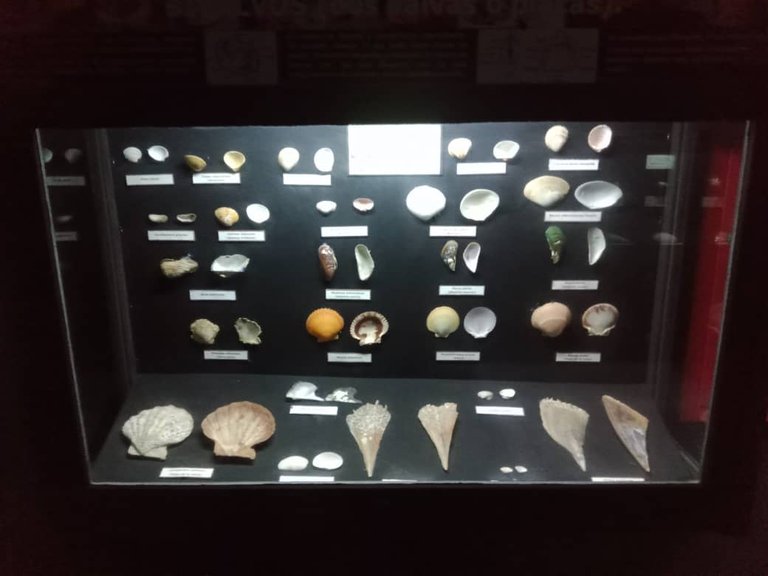
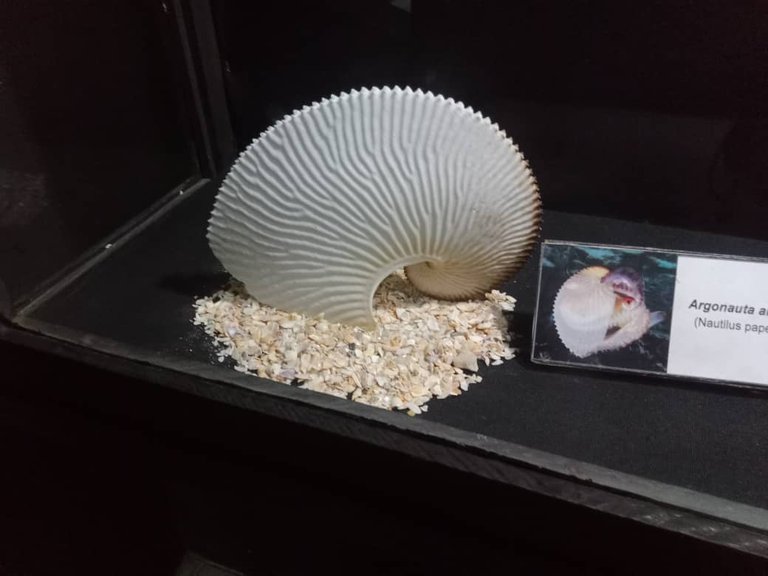
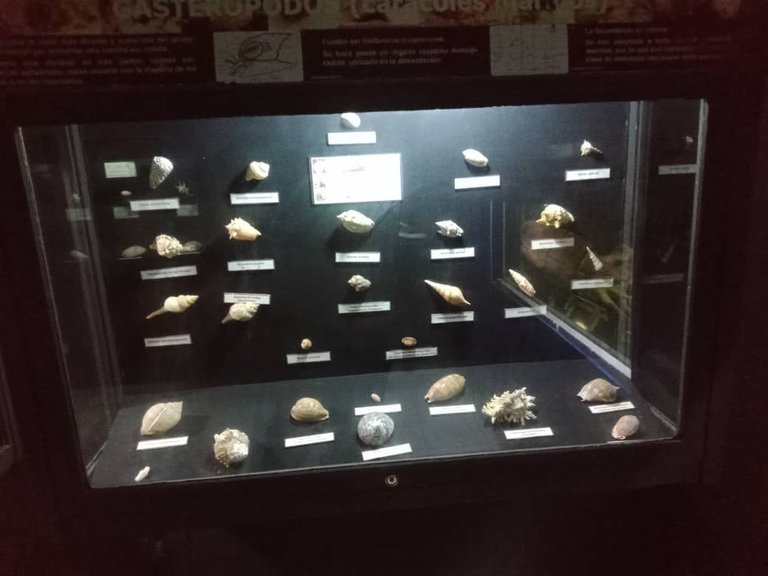
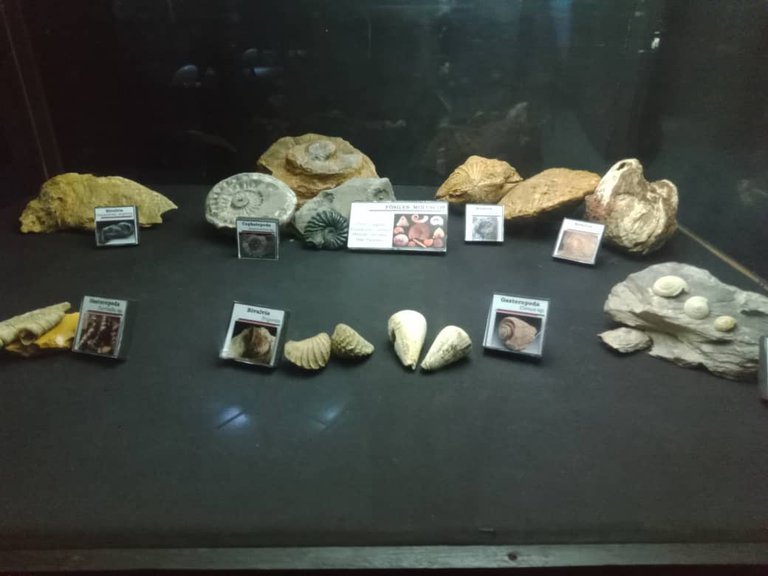
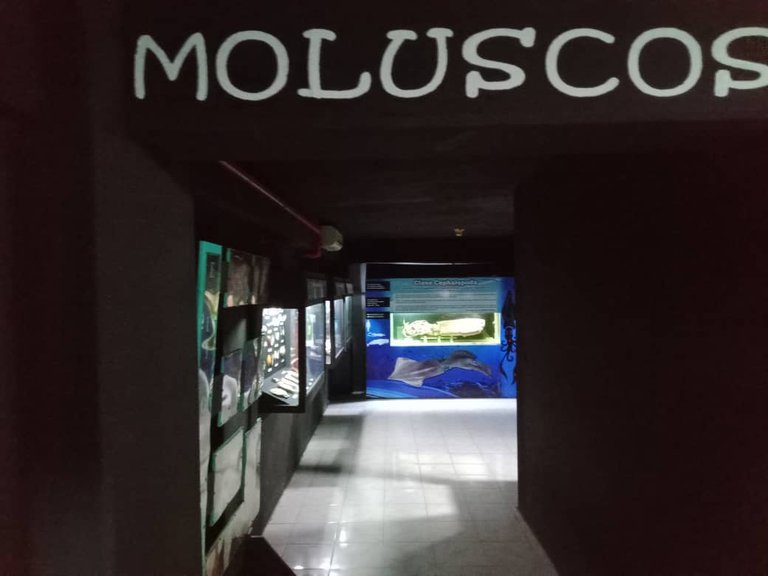

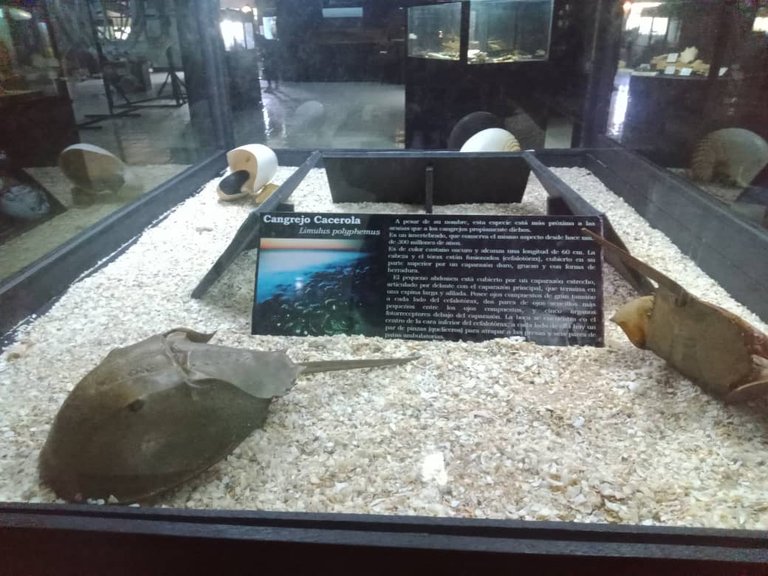

Blessings!

¡Bendiciones!
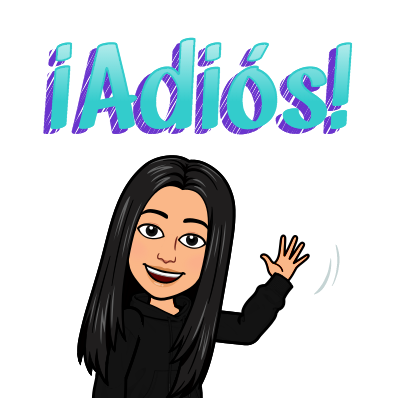
Código Pinmapple: [//]:# (!worldmappin 9.21701 lat -63.80859 long d3scr)
Translated with https://www.deepl.com/translator
All images are my own, captured by a Síragon LC-3000 camera.
Todas las imágenes son de mi autoría, capturadas por una cámara Síragon LC-3000.
Congratulations, your post has been added to WorldMapPin! 🎉
Did you know you have your own profile map?
And every post has their own map too!
Want to have your post on the map too?
Thank you very much @worldmappin.
Greetings!
Hey @belkyscabrera you are welcome.
Thanks for using @worldmappin